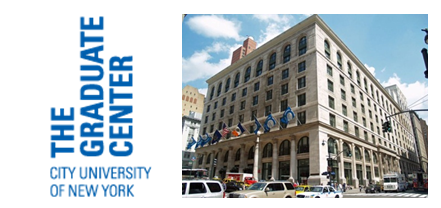Study Exposes Community College Transfer Credit Debacle

Making the transition from a community college to a four-year university comes with its challenges—social and academic adjustment notwithstanding. But a new study highlighted by Inside Higher Ed has left experts scratching their heads at another tragic bit of revealing information.
Colloquially titled “The Community College Route to the Bachelor’s Degree,” the study—co-authored by the CUNY Graduate Center’s David Monaghan, a sociology Ph.D. candidate, and Urban Education Professor Paul Attewell—centers around what they consider the main roadblock for community college transfer students seeking a bachelor’s degree: credits that aren’t accepted at the student’s final institution. The study followed 13,000 first-time college students who enrolled in 2004, all working towards a bachelor’s, and gathered additional information three and six years later.
The general issue of concern is that students transferring from an accredited U.S. community college to a four-year college or university are less like to graduate, or graduate on time, if the transfer process goes poorly. Theories as to why transfer students supposedly struggle range from a lack of adequate academic preparation in their two-year institution to the “cooling out” effect—the likelihood that students will turn to more realistic options (so they seem at the time) on their journey towards a four-year degree. This can mean opting for cheaper or quicker alternatives to the traditional education—possibly by going straight into the workforce.
Monaghan and Attewell, however, found that these theories miss the mark when explaining the comparison between transfer students and four-year attendees in terms of getting their degree. Further, they believe transfer students don’t struggle as much as was previously assumed if their final institution accepts all or most of their earned credits.
In a nutshell, around 14 percent of subjects, fewer than 10 percent of community college credits were accepted by their new institution. In addition, 28 percent of students recorded losing between 10 and 89 of their credits in the process. Students in this category, in fact, had difficulty graduating or never graduated at all.
One possible explanation is that students are not properly advised when enrolling at a two-year institution—though the study does not have specific supporting evidence. Planning for the long-term, then, becomes all the more important when aiming to receive a four-year degree.
For students who successfully transferred the majority of their credits from a community college, they were 2.5 times more likely to complete their bachelor’s degree. In fact, those who transferred successfully were just as likely to complete their degree as those who started at the four-year school right away. Not to mention, lagging academic results at a community college typically resulted during the student’s third year—the point where most students should have completed their two years and moved on to a four-year institution. This discredits any theories bemoaning poor education or preparation and instead points to individual struggles. (To examine these would require an entirely different, case-by-case study.)
All the debate begs a question being considered in a few states, which is, should community colleges be able to offer four-year degrees? Michigan seems to be struggling with an answer, while Florida and California have been testing the waters. As for a simpler solution, some states, including New Jersey, require that all for-credit courses must count towards a B.A. when moving from a community college to a four-year school, says the study.
With the problem and a few solutions proposed, it seems discovering why certain credits aren’t accepted is next on queue. And it gives Common Core, a piece of controversial legislation, a bit of credibility in an effort to standardize national expectations. Could university standards be next?